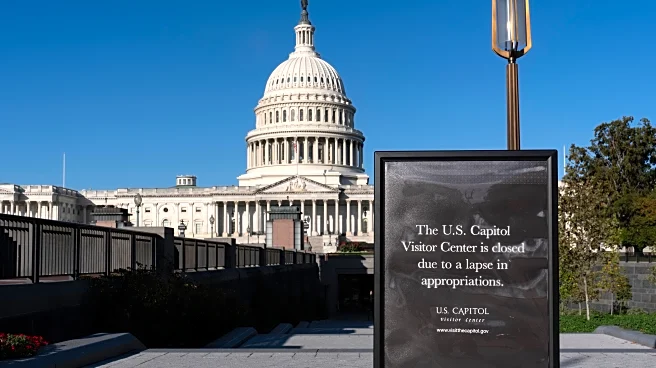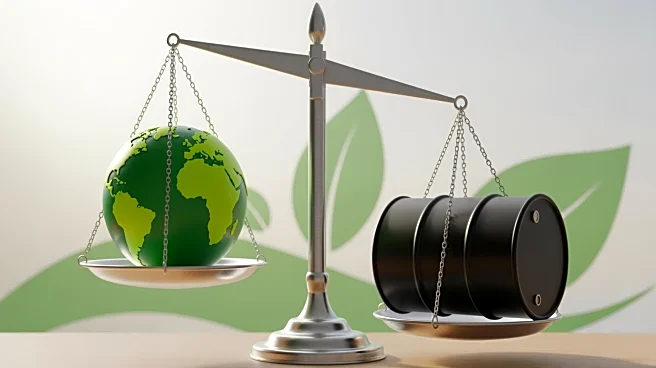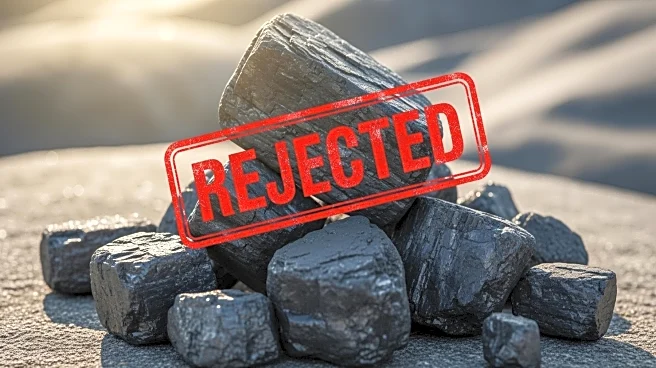What's Happening?
A federal judge in Montana has dismissed a climate lawsuit brought by 22 young Americans against President Trump. The case, Lighthiser vs. Trump, challenged three executive orders related to energy policy,
arguing they violated the plaintiffs' constitutional rights by accelerating fossil-fuel production and halting climate-related programs. U.S. District Judge Dana L. Christensen ruled that the plaintiffs lacked constitutional standing to pursue their claims, stating that the court could not provide a judicial remedy for the broad harms alleged. Despite acknowledging the scientific urgency of climate change, Christensen emphasized that the court is constrained by constitutional boundaries, leaving national policy decisions to the political branches.
Why It's Important?
The dismissal of Lighthiser vs. Trump highlights the limitations of American climate law, particularly in federal courts. While the scientific consensus on climate change is recognized, the judiciary remains reluctant to dictate or monitor energy policy. This decision underscores the divide between scientific evidence and judicial capacity, suggesting that meaningful climate action may depend more on state courts and elected officials. For climate advocates, the ruling signals that federal courts are unlikely to intervene in national energy policy, emphasizing the need for political solutions.
What's Next?
The plaintiffs plan to appeal the dismissal to the Ninth Circuit, arguing that the court erred in finding it lacked authority to address the alleged harms from Trump's executive orders. The ruling leaves these orders in effect, reinforcing the broad discretion presidents have over national energy policy. The decision shifts momentum toward state-level cases, where courts have been more receptive to youth climate claims under state constitutions. Ultimately, the case underscores the judiciary's reluctance to dictate climate policy, placing future actions in the hands of higher courts, elected officials, and voters.
Beyond the Headlines
The case reflects a recurring pattern in U.S. climate jurisprudence, where courts acknowledge the reality and dangers of global warming but decline to dictate national policy responses. The decision highlights the ethical and legal challenges of addressing climate change through the judiciary, emphasizing the need for political and societal engagement to drive policy change.












